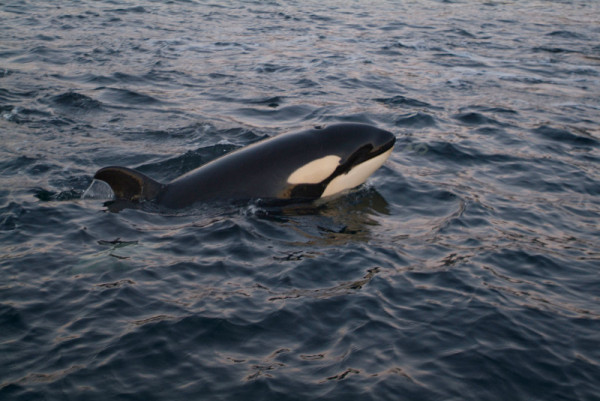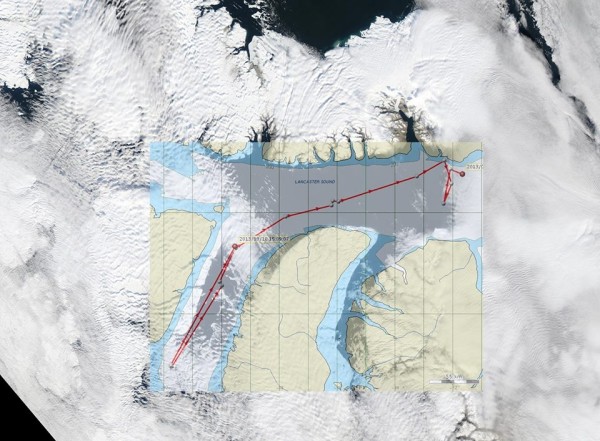Moving In: Killer Whales in the Arctic
There’s a new ‘apex predator’ in the Arctic ocean. As Arctic sea ice thins and the open water season increases in many parts of the Arctic, killer whales (a top predator in the rest of the world’s oceans) are appearing in greater numbers in the region.
This reflects reports I heard while visiting WWF field projects in western Hudson Bay recently, that a pod of killer whales was seen in the area just a few weeks earlier, probably hunting the beluga whales I saw in the open water nearby (along with a bowhead whale).

The growing number of killer whales in the Arctic is not surprising, as the June-September period sees large portions of the world population of rather slow-moving marine mammals – like bowhead whales, belugas and narwhal – in these Arctic waters. They are easy prey for the powerful and fast killer whales. Of course, these ice-adapted whales try to avoid the threat that killer whales present by seeking cover in ice-covered waters – because killer whales have large dorsal fins, unlike the ice whales, they can’t get in to heavily iced areas.
This news presents an important new research opportunity. In mid-August this year, Canadian government scientists working with the Inuit community of Pond Inlet were able to attach 5 satellite radio transmitters to killer whales in a pod frequenting North Baffin Island. Only two killer whales from the Canadian Arctic had been tagged before this, one of which was tracked all the way to the Azores (off the coast of Portugal) before the tag stopped transmitting!
These 5 new killer whale tags will hopefully provide important insight into the whales’ habits – critical information in a time of unprecedented rapid change in the Arctic ecosystem. It is essential that we understand where and when the killer whales feed and calve, how far they travel, what they hunt, how well they tolerate the Arctic seasons and more. These details can help us plan wisely for the changing conditions in the Arctic, and make sure that important areas are safeguarded from inevitable cumulative effects of human industrial activities.
Killer whales are just one of the species being tracked. WWF’s work on narwhal tracking – led by government scientist and the Pond Inlet Inuit hunters – is a great example of how technology is being applied in conjunction with local knowledge and integrated teams to answer some of these basic questions about wildlife habits, movements, and important areas in the arctic.
Now that these killer whales have been tagged, the updates on the whales’ position will provide vital information on the habitat use by this new top predator in Arctic waters. You can see on today’s maps and those from last week, that the killer whales are starting to move north and east now, out of Prince Regent Inlet – where they had almost certainly been feeding up on narwhal and bowhead whales (something we’re able to determine thanks to these various tracking maps) – and into more ice-free areas in Lancaster Sound.

The Arctic sea ice average annual minimum coverage is usually around mid-September, so we can now expect to see these killer whales steadily moving out ahead of the reforming sea-ice. Killer whales that fail to leave run the risk of getting trapped in ice, like the pod that attracted international media attention last January – a dramatic reminder that survival depends critically on being in the right place at the right time.
Stay tuned for more updates as the tracked whales keep moving!
